Sightseeing Spots
Search Results49
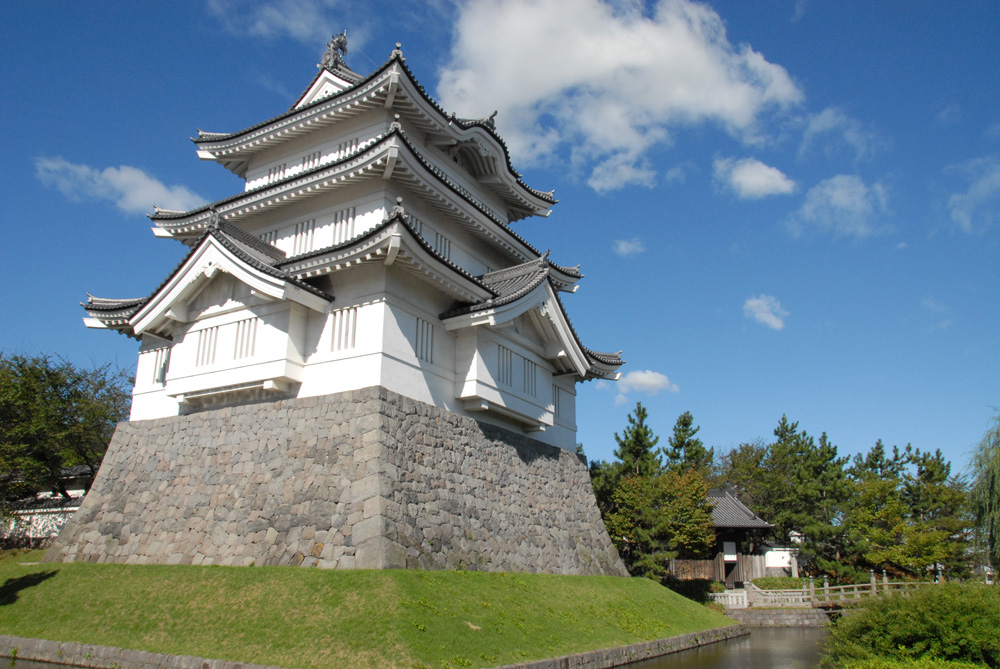
Oshi Castle is one of seven famous castles in the Kanto region, built during the civilization years of the Muromachi period. It is known as an “Uki-jō (Floating Castle),” as it is said to have endured the flooding of Ishida Mitsunari during Toyotomi Hideyoshi’s suppression of Kanto. The story of this castle was the model for the movie “Nobō-no-Shiro (The Floating Castle).” It is currently listed as one of Japan's Top 100 castles. The “Oshijyō Gosankaiyagura (Oshi Castle Three Story Turret)” was torn down during the Meiji period and rebuilt in 1988, with the inside turned into an exhibition room of the local museum, and a view of the entire city can be seen from the top floor.

Chichibu Festival Museum exhibits materials related to the booths and kasaboko (combined umbrella and halberd carried on floats in some festivals) of the Chichibu night festival that takes place every year on the 2nd and 3rd of December. The booths, kasaboko, curtain, sculptures made by Shōwa’s master craftsmen are arranged in a design related to the Myōken belief. At noon, the lanterns are switched on to reproduce the night festival. Within the noise of the palatial Chichibu booth music, the luxurious booth and kasaboko can be seen right before your eyes.

Sakitama Kofun Park is home to nine large megalithic tombs (kofun), such as the "Inariyama Kofun," where the national treasure the "Iron Sword with Golden Illusions" was excavated, and the largest kofun in Japan, "Maruhakayama Kofun," a popular cherry blossom spot. Gyoda City Sakitama, where the park is located, is also known as the origin of Saitama Prefecture's name (the characters for "Sakitama" are also read as "Saitama"), and you can see the stone monument commemorating this in the park.

Toki no Kane is said to have been first built in the Castletown Tagachō during the Kan’ei era (1624-1644) by the lord of Kawagoe Castle, Sakai Tadakatsu. The current bell tower was rebuilt the year following Kawagoe’s great fire in 1893, and is a three-story tower with a height of about 16 meters. It is a symbol of Kawagoe and denotes that “time” is indispensable for daily life. As of today, the bell rings four times a day (6 am, noon, 3 pm, and 6 pm).
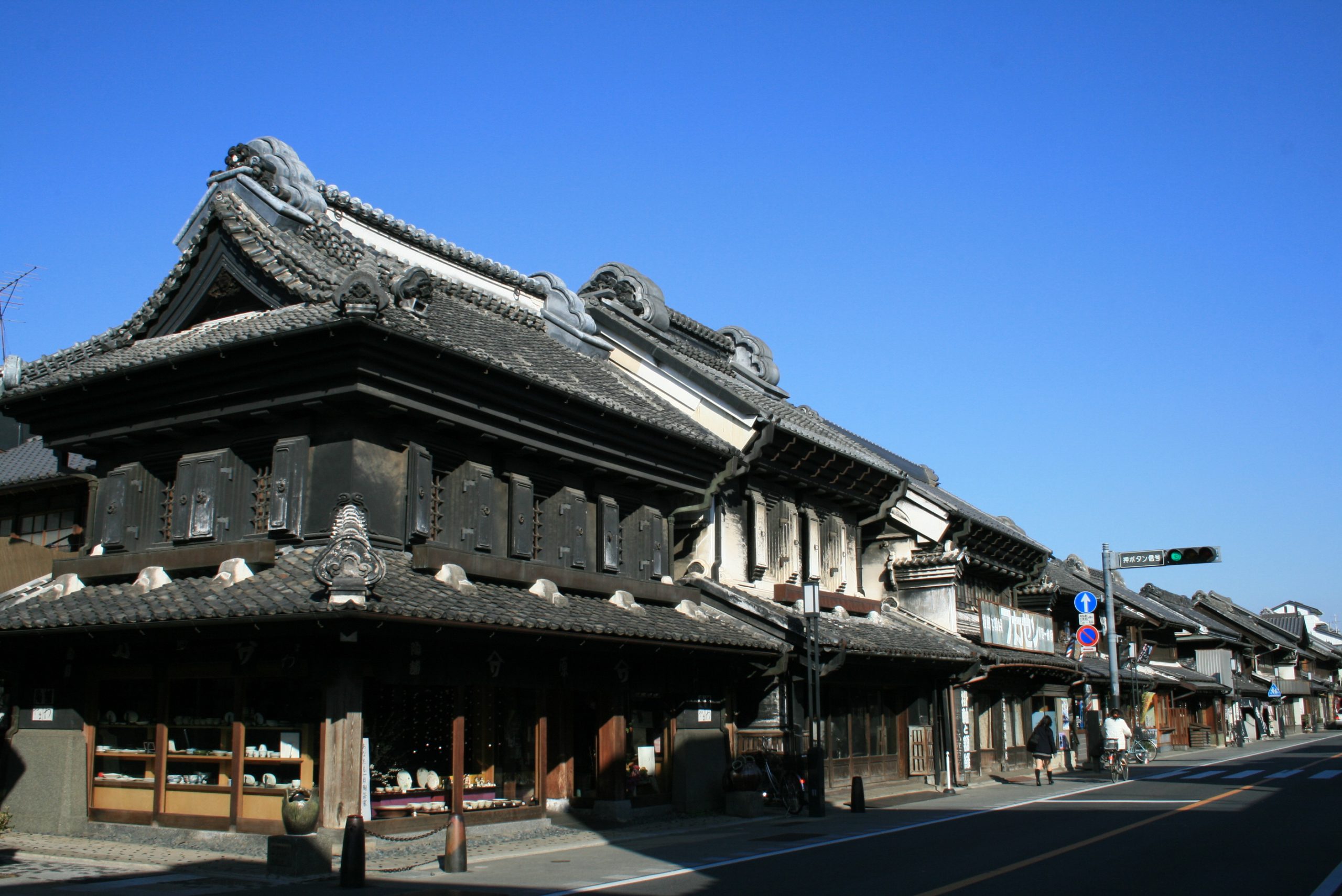
A townscape of “kurazukuri" traditional warehouses still remains in Kawagoe. The kurazukuri warehouses were cleverly built with fireproof architecture and developed as housing for the merchants of Edo. The warehouses retain an image of Edo that cannot be seen in modern day Tokyo. They were chosen as national “Important Preservation Districts for Groups of Traditional Buildings” in December of 1999 and were selected as one of “Japan’s 100 Beautiful Historical Environments” in January of 2007.
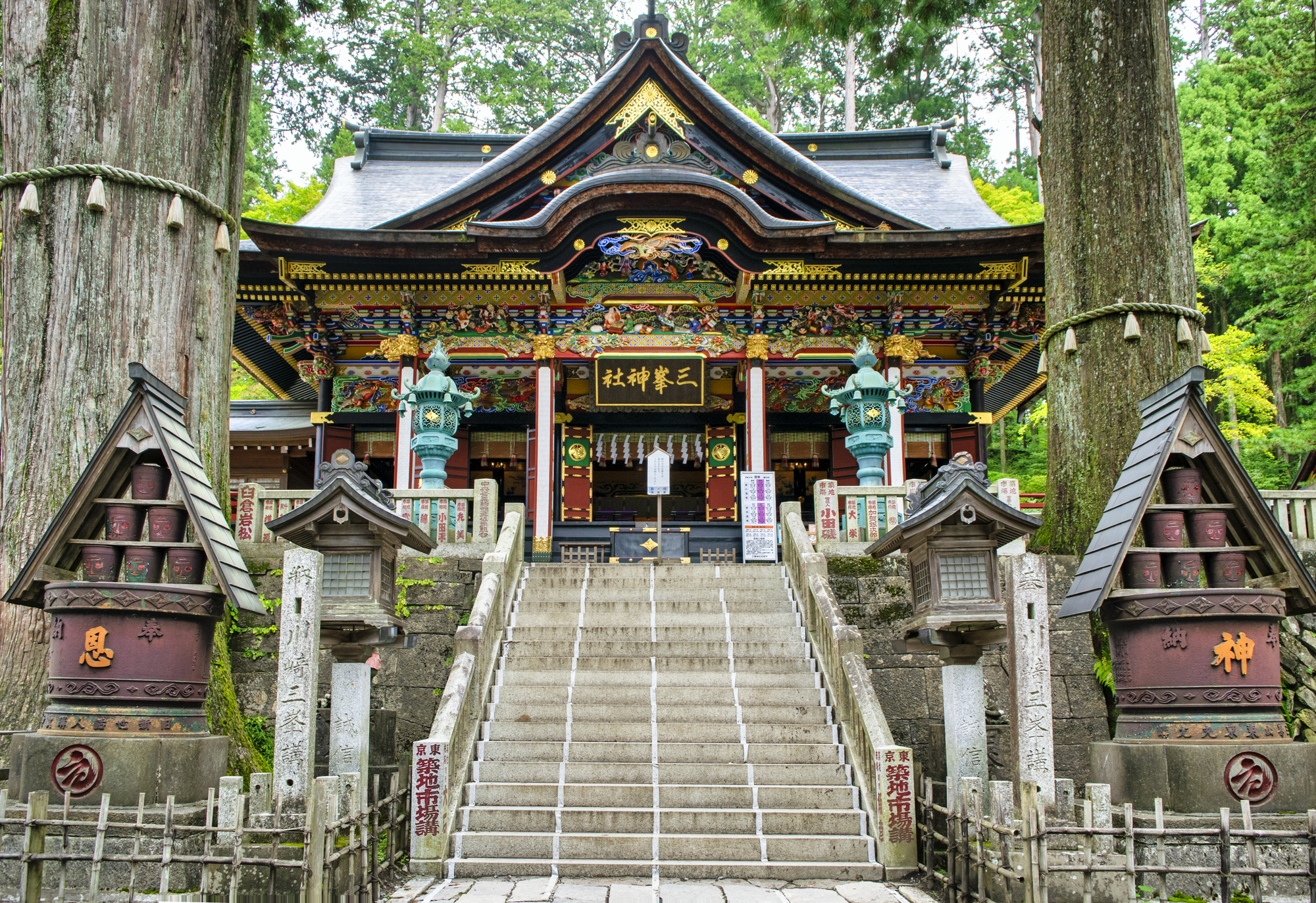
The history of the temple is said to date back about 2,000 years ago, to the reign of Emperor Keiko. During the Kamakura period (1185-1333), when faith in Mt. Mitumine spread, Hatakeyama Shigetada, Nitta Yoshioki, and others worshipped here. During the Tokugawa period (1603-1867), the Kishu shogunate and the Kishu family were revered, and gifts from the Kishu family in particular are still treasured by this shrine. When autumn arrives, the “Fifteen Nights and Moon Reading Festival” is held to herald the arrival of autumn in the mountains of Chichibu.
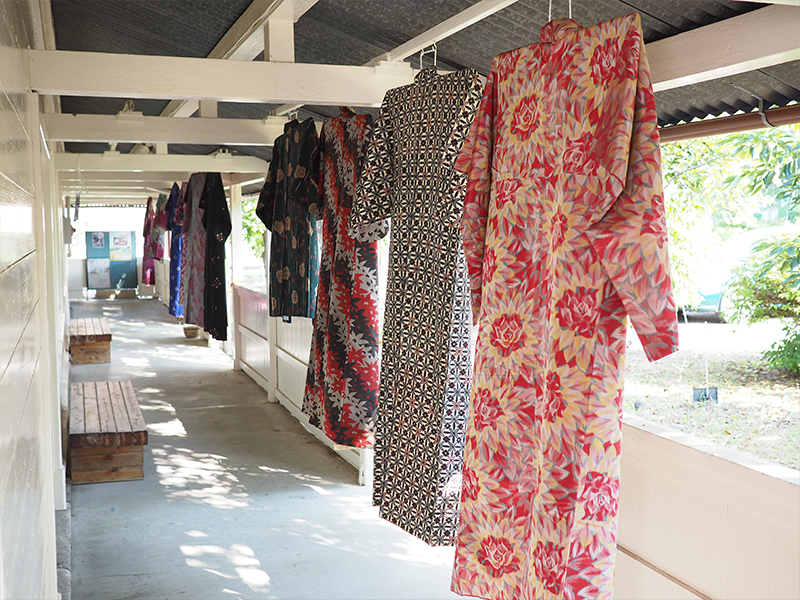
The building was built in 1930 and was registered as a Tangible Cultural Property in 2001. At the Chichibu-Meisen museum, you can learn about the history of Chichibu-Meisen, view the exhibits, and try your hand at stencil dyeing and weaving. All the equipment displayed in the museum is still in use, and if you are lucky, you can even see it in action.
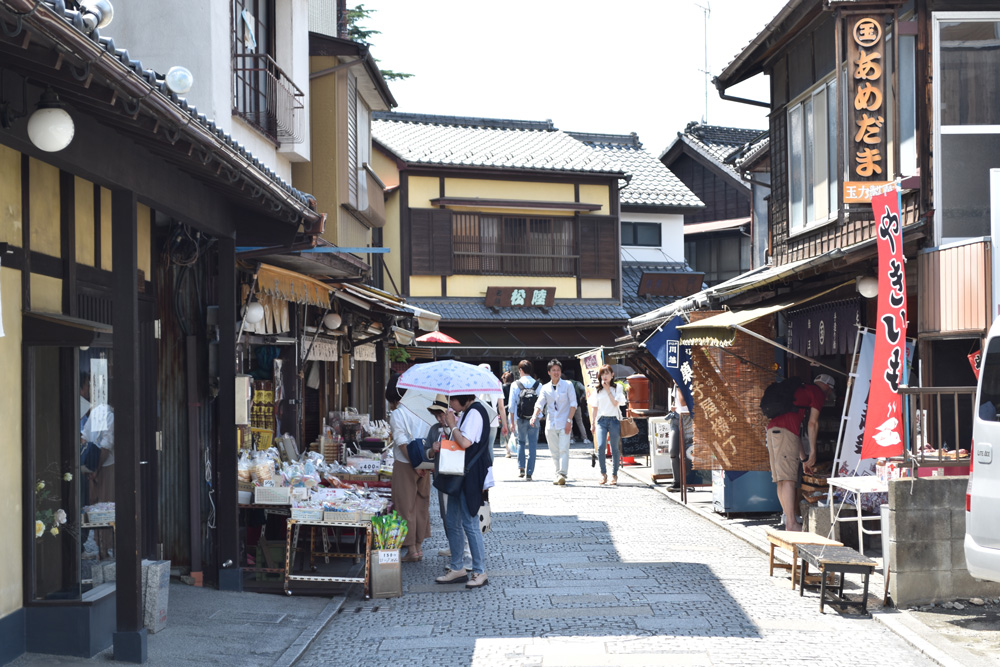
Many small, old-time candy stores line the Kashiya Yokochō (confectionery alley). 70 houses existed in the beginning of the Shōwa era, where they produced a variety of sweets to be sold wholesale. As of now, there are about 20 houses left that still produce and sell cheap sweets, such as mint candy and the Kintaro candy, which are nostalgic for both adults and children alike. Kashiya Yokocho was also selected as one of “The 100 Best Scented Sceneries” by the Ministry of the Environment.
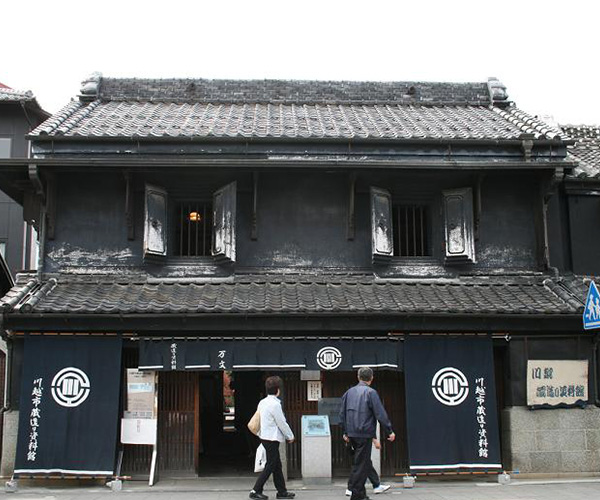
※The museum has been undergoing earthquake-proofing renovation since 2017, and is currently closed to the public. The Kawagoe Kurazukuri Museum was built by tobacco wholesaler Koyama Bunzō after the great fire in 1893 and designed referencing the few houses of Kurazukuri which survived the fire and merchant houses of the Tokyo Nihonbashi area. Visitors can tour the inside of the Kurazukuri houses of Kawagoe, where the atmosphere of the Meiji era can be felt to this day in the buildings' structure and design.
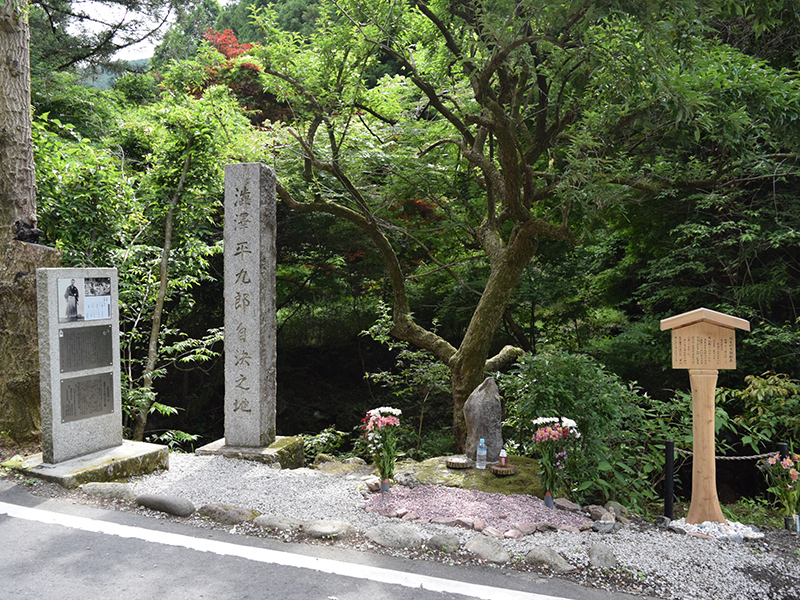
On May 23, 1868 (Keio 4), Heikuro Shibusawa, a member of the old shogunate army who was defeated in a battle with new government forces at Hanno, fled alone towards Kuroyama Village via the Kaoburi Pass. He encountered a patrolling scouting party and fought them alone, but was badly wounded and committed suicide (harakiri) while sitting on a rock on the river bank. Heikuro was a cousin, brother-in-law, and adopted son of Shibusawa Eiichi, the man known as the "father of Japanese capitalism," whose face appears on the 10,000 yen bill.
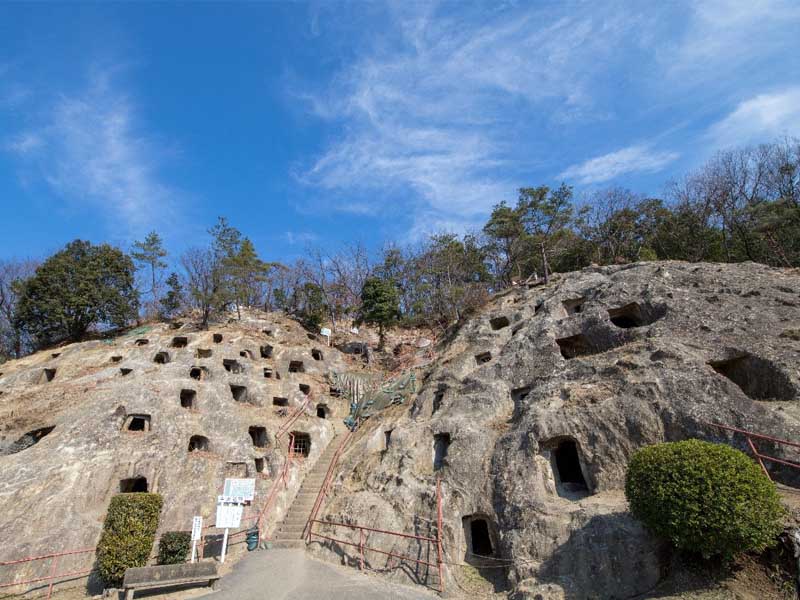
The Yoshimi Hundred Caves are a mysterious group of horizontally carved rock tombs created at the end of the Kofun period (late 6th to 7th century), and designated a national historic site in 1918. There are 219 holes confirmed in total, and the tombs represent Yoshimi Town with their significance. Each hole is divided into a narrow passage and a burial chamber, and the protected species, luminous moss, also known as goblin gold, can be found growing in the tombs.
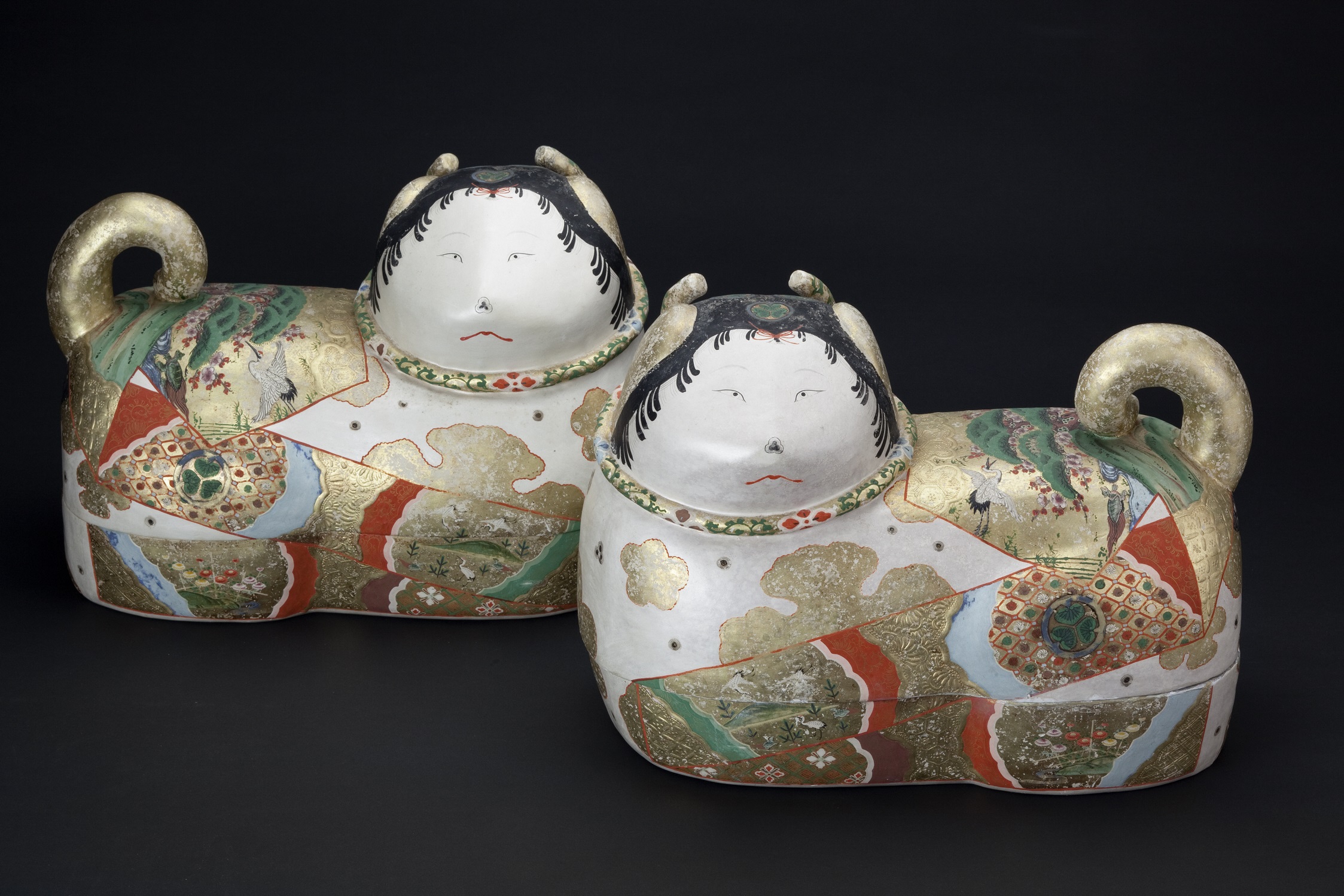
“Saitama City Iwatsuki Ningyo Museum” was opened in Saitama’s Iwatsuki Ward in 2020 and explores the history of dolls and their role in people's lives, promoting the culture of dolls for the future. We are working on a project to make dolls more familiar to people through exhibitions and activities, as well as collecting and storing documents related to dolls and researching about the culture of dolls. (For more information, please see the URL below)
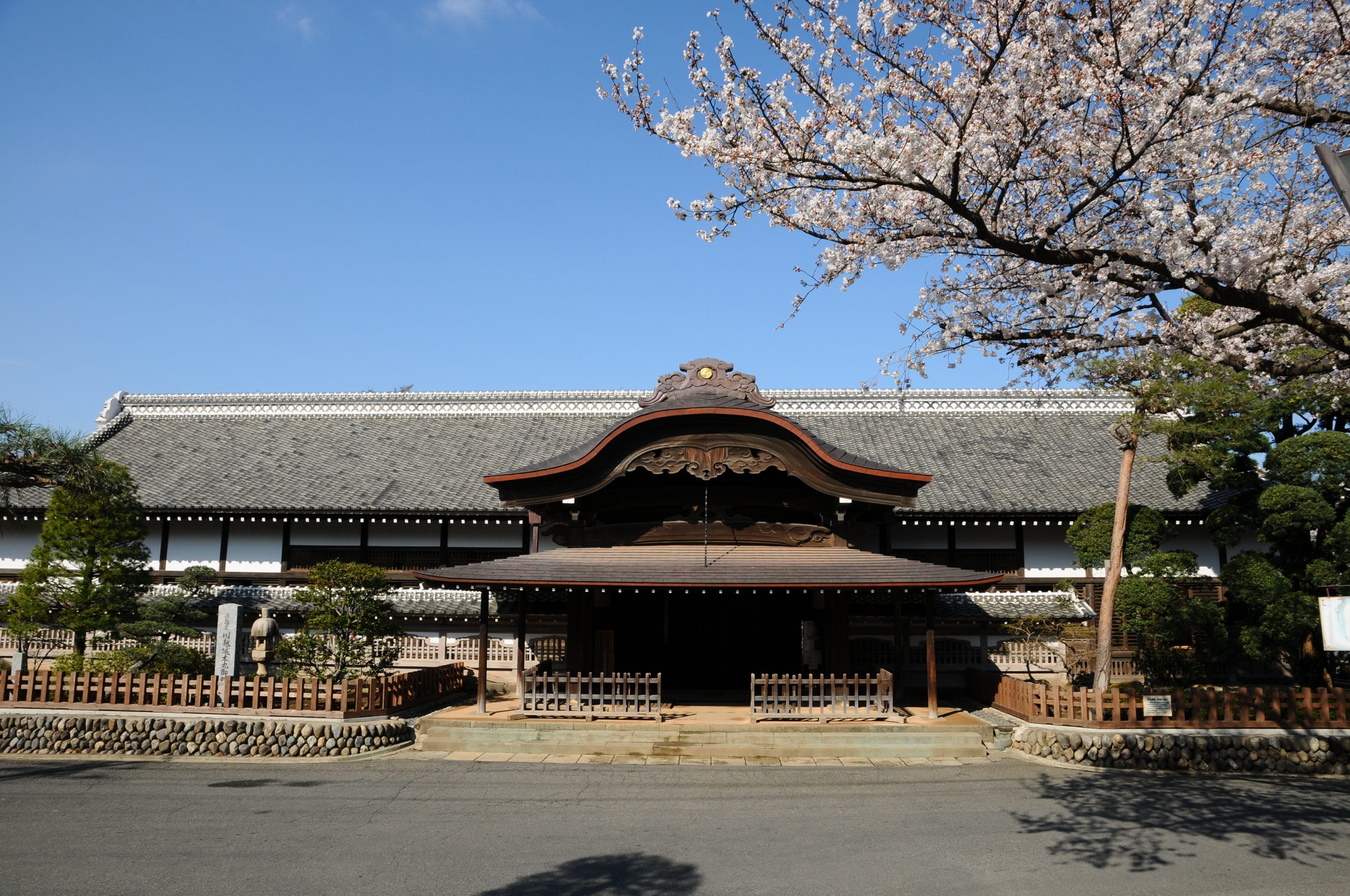
The Kawagoe Castle was built in the first year of Chōroku Era (1457) under the command of the vassals, Ōta Dōshin and Dōkan (father and son), for Ōgigayatsu Uesugi Mochitomo to compete against Koga Ashikaga Shigeuji. In the Edo period, it was of utmost importance to protect the north side of Edo, which is why the top vassal traditionally become the lord of the castle. The current building was constructed in the first year of Kaei era (1848). It is open to the public after a two and a half year restoration.

The Old Yamazaki Family Villa was built as a retreat for Kashichi Yamazaki, the 5th generation of Kameya, a long-established confectionery store of Kawagoe. The building and other components have been recognized as having national cultural significance; the main house, tearoom, and the benches of the waiting room were designated as tangible cultural properties of the city in 2000, a portion of the building was donated to the city in 2006, the garden was registered as the national monument (place of scenic beauty) in 2011, and the main building was designated as a National Important Cultural Property in 2019. The garden of the former Yamazaki family's villa is also recognized as a valuable example of a Japanese-style garden, including a tea ceremony room designed by Katsuya Hoka along with Japanese and Western-style buildings, and is highly regarded as “a contribution to the development of landscape gardening culture."

The Katakura Silk Commemorative Museum is built inside of Kumagaya Factory, the cocoon warehouse of the last remaining silk manufacturing plant of Katakura Industries, and is recognized as a Heritage of Industrial Modernization by the Ministry of Economy, Trade, and Industry. To preserve and pass on the company's 121-year history of silk production, the museum displays the machinery used to produce silk at Kumagaya Factory, and visitors can watch the entire process from cocoon to raw silk.

Okegawajuku, home to cultural properties such as Takemura Ryokan (former Hatago) and the residences of the Shimamura and Kobayashi families, is reminiscent of the past Nakasendo post town. The safflower, Okegawa's specialty, brought wealth and culture to Okegawajuku, and can be seen at the Okegawa Inari Shrine on the stone lanterns donated by safflower merchants.

The two authentic Dashis (festival cars) pulled at the Kawagoe Festival are on display along with materials related to the Kawagoe Festival. At this exhibition hall, the powerful atmosphere of the Kawagoe Festival can be experienced all year round. There is also a regular demonstration of musical accompaniment (about 20 minutes).
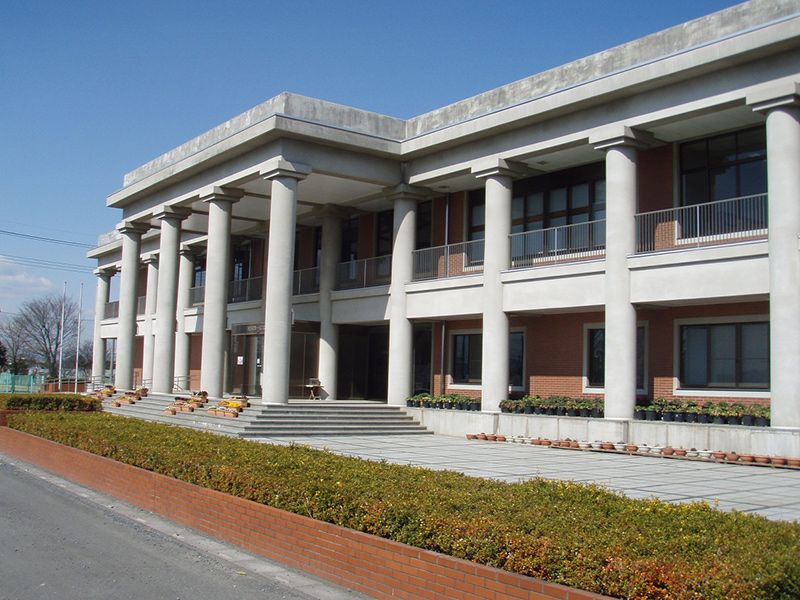
Opened on November 11th, 1995 (the same day and month of Shibusawa Eiichi's passing). In the museum's materials room there is a recording of Eiichi's actual voice and many other ink and photograph materials on display. There is also a bronze statue of Eiichi overlooking his hometown landscape on the north side of the museum.
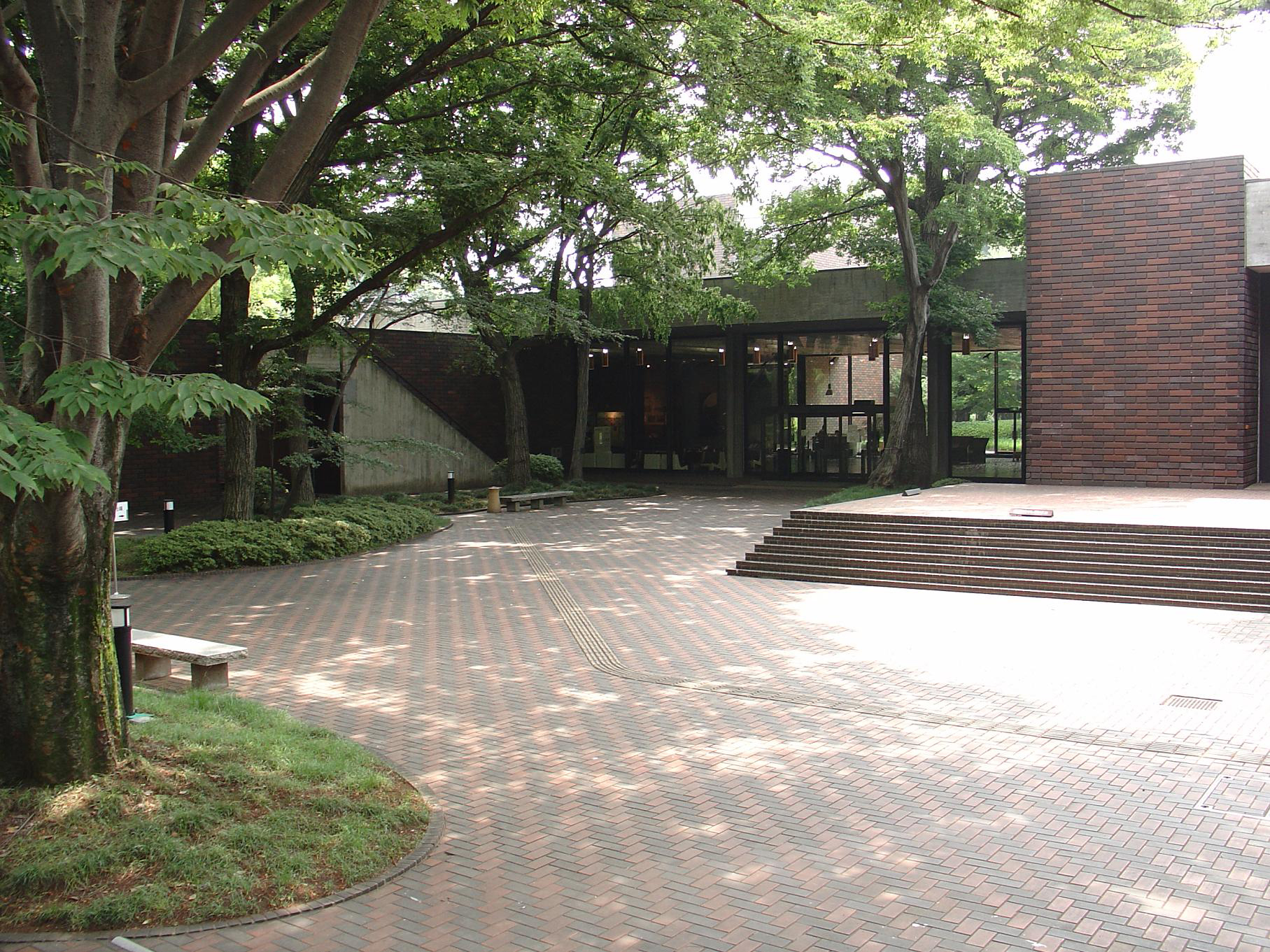
This comprehensive museum houses materials and artifacts related to Saitama's history, folklore and art, such as national treasure swords and daggers. The permanent exhibition introduces, "The Life and Culture of Saitama," through these topics, and themed special and planned exhibitions are held regularly. There are also a variety of hands-on experience workshops for both children and adults to enjoy. (For more information regarding the facility, please refer to the URL below)
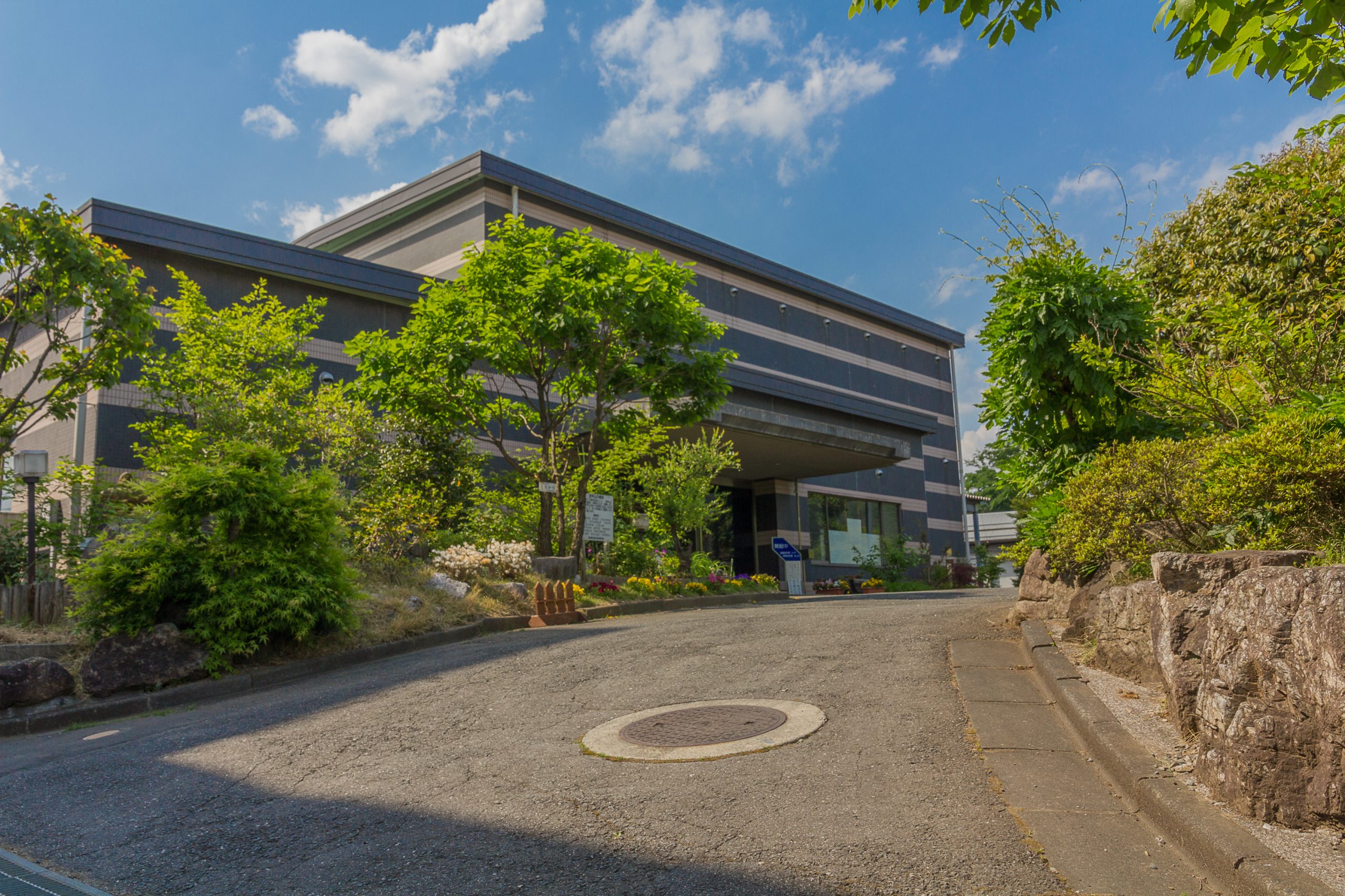
The entire cultural heritage of Yokoze Town is on exhibit at this museum. There are stage models of Yokoze’s puppet show (designated intangible folk cultural property by the prefecture), models of Bukōzanmitake Shrine Palace, specimen displays of animals and plants collected from Mt. Bukō, and historical documents that portray the transitions of Yokoze Town. In the “nature” section of the permanent exhibition room, approximately 130,000 year-old fossils of the giant Japanese elk, buffalo and wolves, which were discovered in the Negoya Limestone Cave, are on display. These fossils are very rare on a national scale.
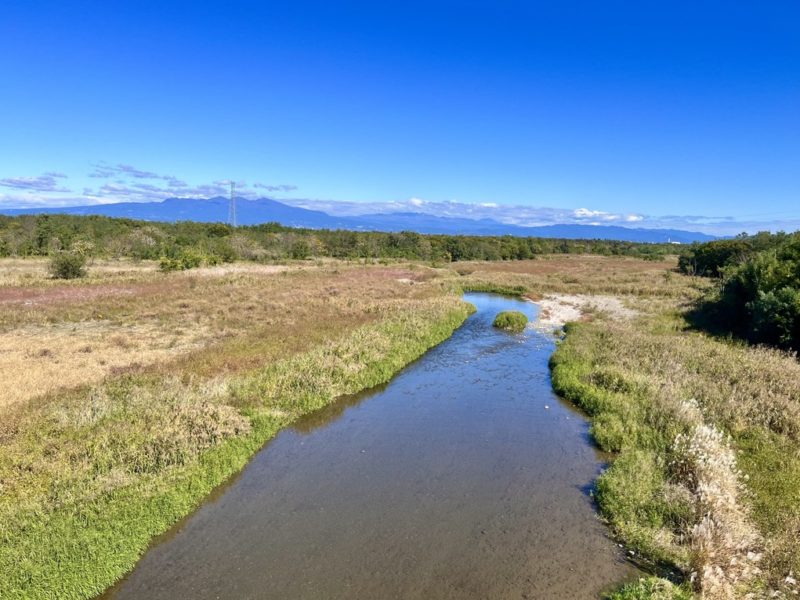
This is the site of the battle of Kanagawa, the largest field battle to have ever taken place in the Kanto region. The fierce battle took place from June 18th to 19th, 1582 on the border between Musashi (Tokyo and Kanagawa) and Ueno (Gunma) along the Kannagawa River. The battle was between Takikawa Kazumasu, lord of Ueno Umabashi Castle, and forces led by Hojo Ujikuni, lord of Musashi Hachigata Castle, and Hojo Ujinao, lord of Odawara Castle. The battle was also known as the “Battle of Kanakubohara" due to being fought in and around Kanakubo and Bisado areas of Kamisato-town.
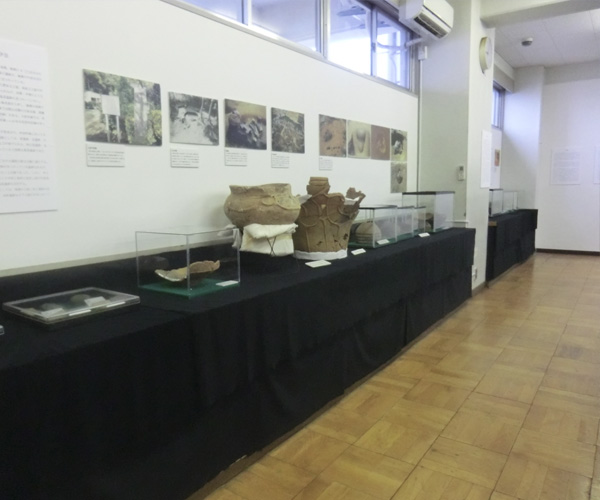
Visitors can learn about the rich nature and national treasures of Ina Town through the comprehensive exhibitions on local nature, geography, history and folklore on display. This museum moved to inside Ina Municipal Minami Junior High School in April 2016. Feel free to stop by, view the exhibitions and deepen your love and understanding of the wonderful Ina Town.
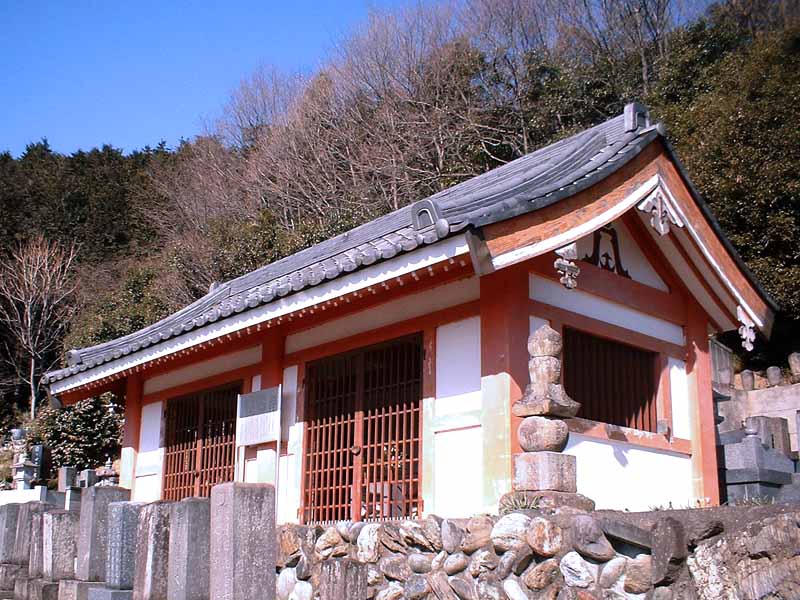
Hachigata Castle is a quintessential castle from the Warring States period and was selected as one of the 100 famous castles of Japan. The castle is said to have been built in 1476 by Nagao Kageharu, a retainer of the Yamanouchi Uesugi clan and leader of the Kanto region, and the castle was later expanded to its current size by the Odawara clan. When the feudal lord Toyotomi Hideyoshi attacked and besieged the castle in 1590, the soldiers inside held out for one month before giving up, surrendering the castle in exchange for their lives. The castle was later demolished and abandoned, but you can still see a large number of ruins that remain largely undisturbed, reminding us of the strong fortress of the past.
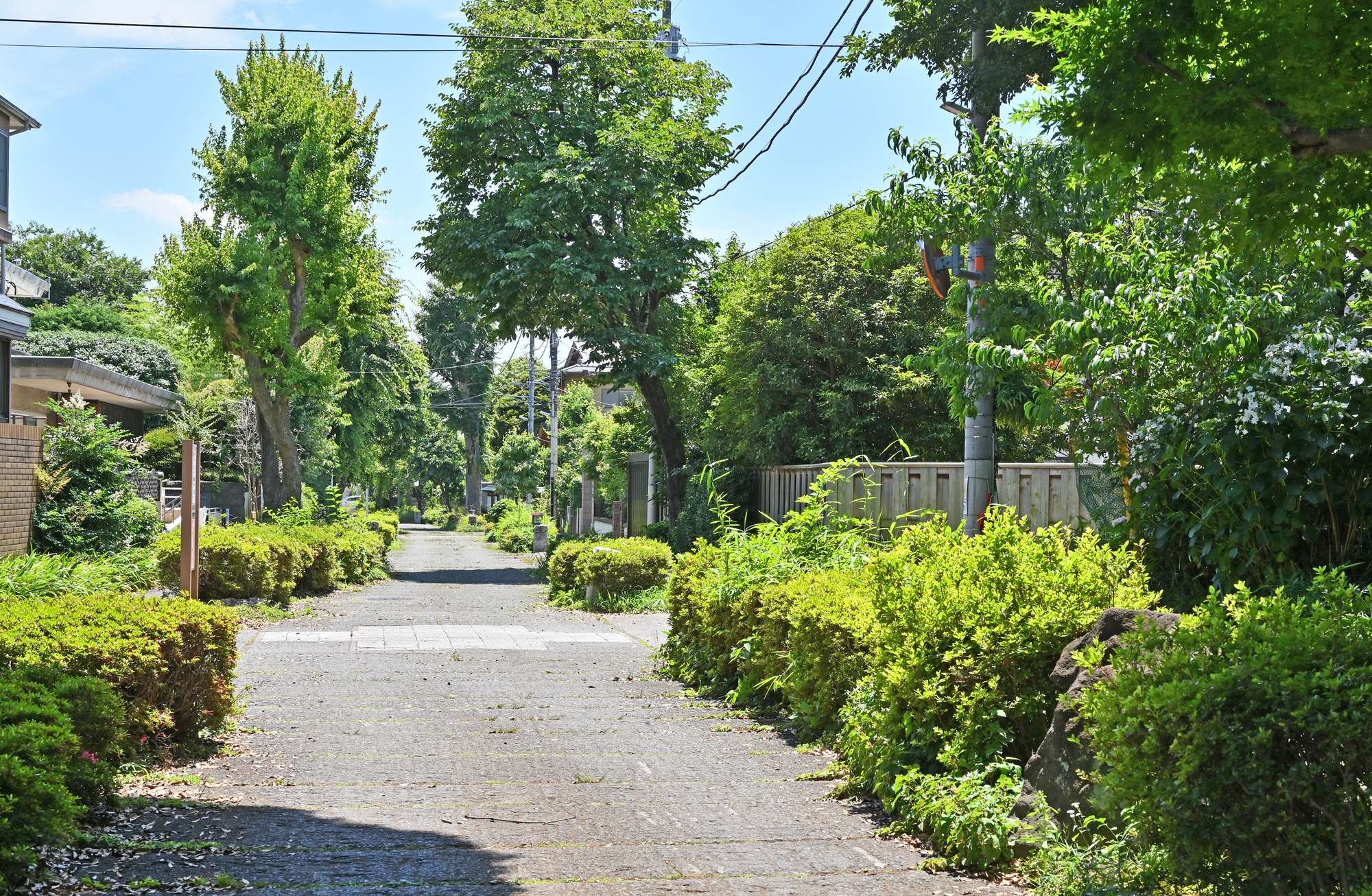
Omiya Bonsai Village was founded in 1925 by bonsai gardeners who moved from Tokyo after the Great Kanto Earthquake. They chose Saitama for its clean air, fresh water, and open space, perfect for growing bonsai. Today, the village remains a hub for bonsai culture in Japan, with six bonsai shops (bonsai-en), each with its own style and story. Right next to the village is the Omiya Bonsai Art Museum, the first public museum in the world dedicated entirely to bonsai. It's a great place to start your visit, offering helpful background, beautiful displays, and a deeper understanding of the art form. The village is just a short walk from Omiya-koen or Toro Station. While it’s open all year, spring and autumn are the best times to go, when the trees and gardens are especially beautiful.
This site uses cookies to improve the user experience. If you continue to browse, you consent to the use of cookies on this site. Accept
CONTACT
